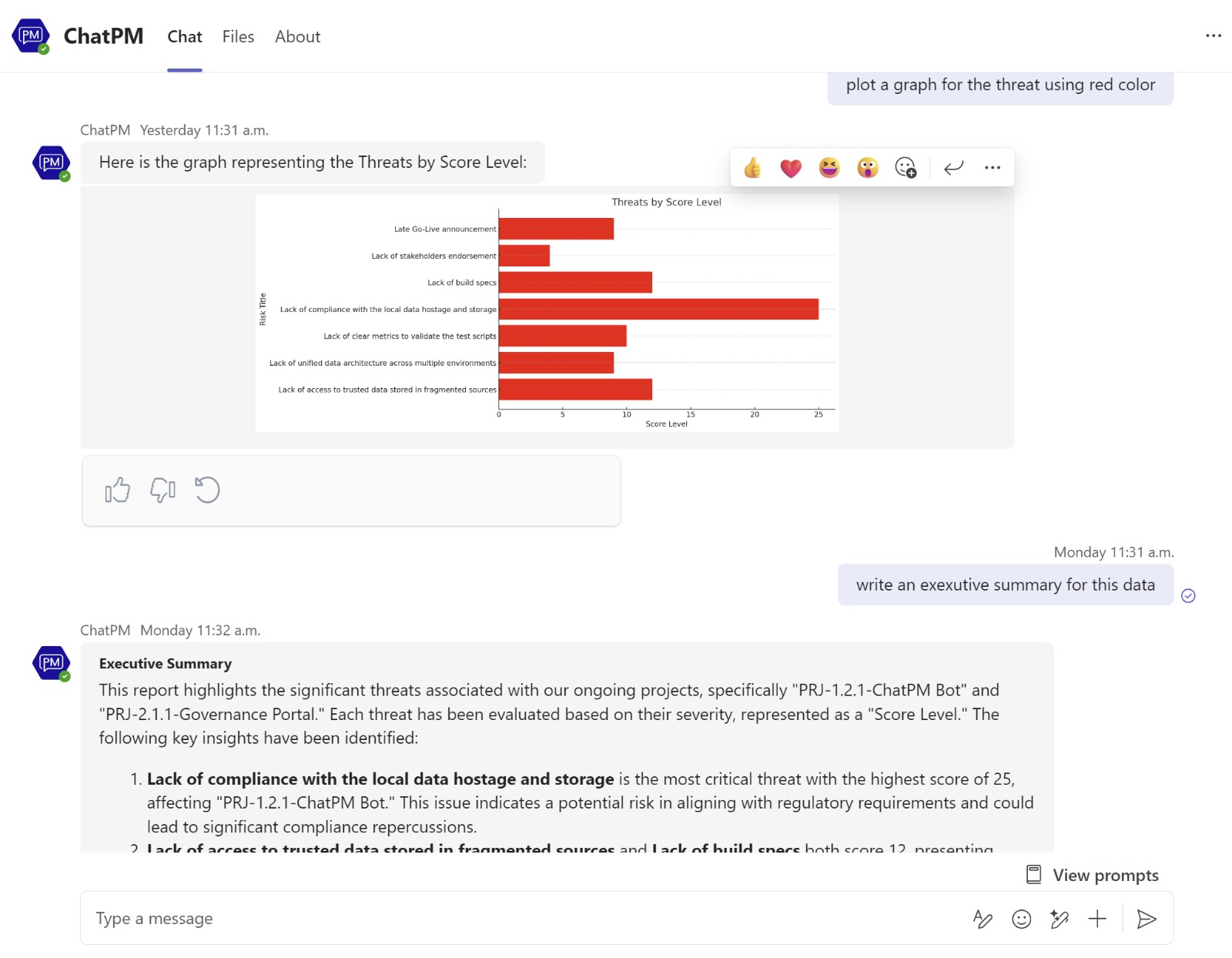Understanding the HyperCare Support Model
In today's fast-paced business environment, organizations frequently undergo significant changes—be it the launch of new software, system upgrades, or process overhauls. During these critical transitions, ensuring seamless operations and maintaining customer satisfaction are paramount. This is where the HyperCare Support model comes into play. By providing intensified, proactive support during pivotal periods, HyperCare ensures that both users and systems adapt smoothly to changes, minimizing disruptions and fostering confidence.
What is HyperCare Support?
HyperCare Support refers to a dedicated phase of heightened support and monitoring immediately following the implementation of a new system, software, or process. Unlike traditional customer support, which is often reactive and addresses issues as they arise, HyperCare is proactive. It involves closely monitoring system performance, providing on-site training, swiftly addressing user queries, and ensuring data integrity. The primary objective is to stabilize the new implementation, ensuring it integrates seamlessly into existing operations and that users are comfortable and proficient with the changes.
Key Components of HyperCare Support
Proactive Monitoring and Technical Support: During the HyperCare phase, dedicated teams vigilantly monitor system performance to identify and rectify potential issues before they escalate. This proactive approach ensures that any technical glitches are promptly addressed, maintaining system stability and performance.
On-Site Training and User Assistance: A critical aspect of HyperCare is providing comprehensive training to end-users. On-site support teams offer hands-on training sessions, ensuring users are well-versed with the new system or process. This immediate assistance helps in reducing the learning curve and boosts user confidence.
Swift Issue Resolution and Query Handling: HyperCare teams prioritize rapid response to user queries and issues. By establishing clear escalation plans and dedicated communication channels, they ensure that concerns are addressed promptly, minimizing downtime and enhancing user satisfaction.
Ensuring Smooth Handover: As the HyperCare phase concludes, a structured handover process is essential. This includes thorough documentation, transferring administrative rights, and confirming that all major issues have been resolved. A smooth handover ensures that regular support teams can maintain the system effectively post-HyperCare.
Benefits of Implementing HyperCare Support
Enhanced User Adoption: With comprehensive training and immediate support, users are more likely to embrace new systems or processes, leading to higher adoption rates and better utilization of new features.
Reduced Operational Disruptions: Proactive monitoring and swift issue resolution prevent minor glitches from escalating, ensuring business continuity and minimizing disruptions during critical transition periods.
Improved Customer Satisfaction: By providing dedicated support and addressing concerns promptly, organizations can enhance customer satisfaction, fostering loyalty and trust.
Effective Knowledge Transfer: The HyperCare phase facilitates thorough knowledge transfer to regular support teams, ensuring they are well-equipped to manage the system post-implementation.
Challenges in HyperCare Support
While the benefits of HyperCare are substantial, implementing it effectively requires careful planning:
Resource Allocation: Dedicated teams must be assigned to manage HyperCare activities, which can be resource-intensive. Ensuring that these teams have the necessary expertise and tools is crucial for success.
Time Management: Determining the appropriate duration for the HyperCare phase is essential. It should be long enough to address all critical issues but not so prolonged that it delays the transition to regular support operations.
Clear Communication: Establishing effective communication channels between the HyperCare team, end-users, and regular support staff is vital. Clear communication ensures that issues are reported, addressed, and documented efficiently.
Best Practices for Successful HyperCare Implementation
Early Planning: Integrate HyperCare planning into the initial stages of the project. Define objectives, allocate resources, and establish timelines well in advance.
Stakeholder Involvement: Engage all relevant stakeholders, including end-users, IT staff, and management, to gather insights and set clear expectations.
Comprehensive Training Programs: Develop tailored training sessions that cater to different user groups, ensuring that all users receive the necessary guidance to operate the new system effectively.
Continuous Feedback Mechanism: Implement channels for users to provide feedback during the HyperCare phase. This feedback is invaluable for making real-time adjustments and improvements.
Documentation and Knowledge Sharing: Maintain detailed records of issues encountered and solutions implemented during HyperCare. This documentation serves as a valuable resource for future projects and for the regular support teams.
Conclusion
The HyperCare Support model is an essential strategy for organizations navigating significant changes. By providing intensified, proactive support during critical transition periods, HyperCare ensures that new systems and processes are integrated smoothly, users are confident and proficient, and operations continue without disruption. Implementing HyperCare not only mitigates risks associated with change but also lays a solid foundation for long-term success and customer satisfaction.



Comments
Post a Comment